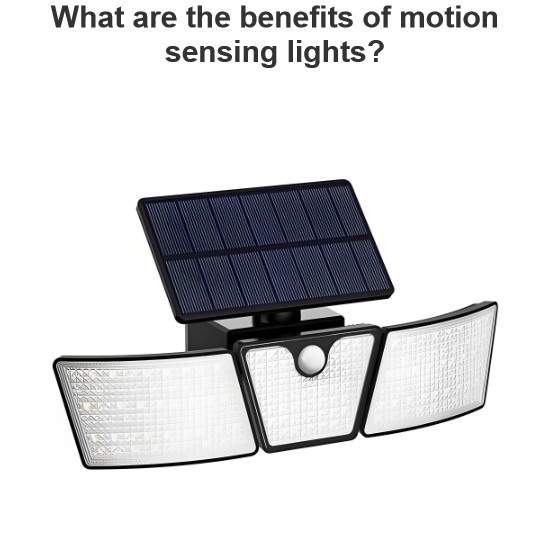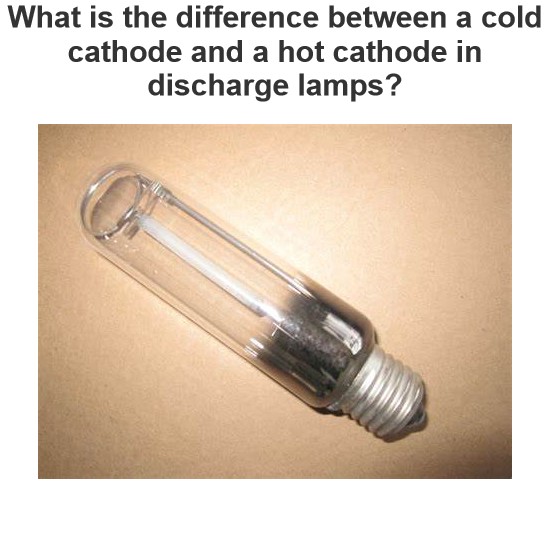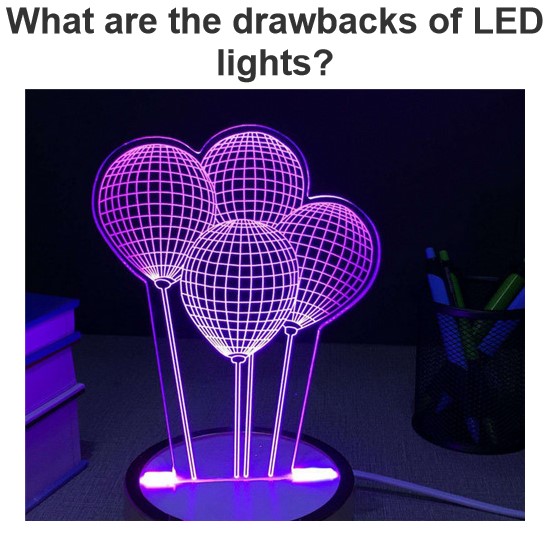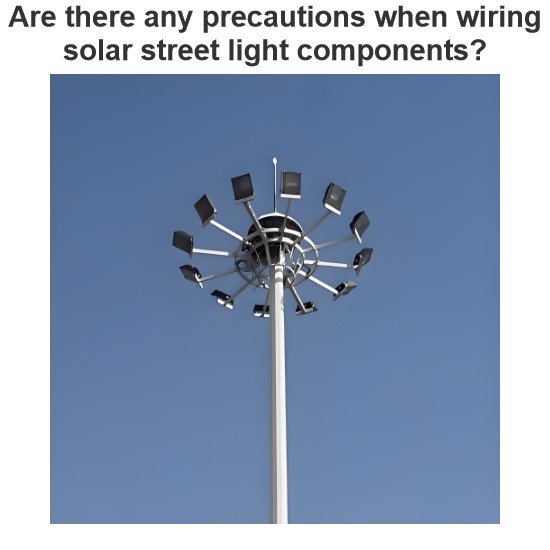Phosphor is a general term for any substance that can emit light when exposed to radiation or electric fields. It is derived from the Greek word “phosphoros”, meaning “light-bringer”. Phosphors are usually semiconductors, which have three energy bands: valence band, conduction band, and forbidden band.
The valence band is the lowest energy level where electrons are normally present. The conduction band is the highest energy level where electrons can move freely. The forbidden band is the gap between the valence and conduction bands, where no electrons can exist.
Phosphors can be activated by adding impurities or dopants, which create additional energy levels within the forbidden band. These energy levels act as traps for electrons or holes (positive charges) that are excited by radiation or electric fields. When these electrons or holes return to their original states, they release energy as photons of light.
How Phosphor Coating Converts UV Radiation into Visible Light
The process of converting UV radiation into visible light by phosphor coating is called fluorescence. Fluorescence occurs when an atom or molecule absorbs a photon of high-energy radiation and emits a photon of lower-energy radiation. The difference in energy between the absorbed and emitted photons is dissipated as heat.
The following diagram illustrates how fluorescence works in a phosphor coating made of zinc sulfide (ZnS) doped with silver (Ag) as an activator.

Phosphor Model of Zinc Sulfide
A – B :- Electron Jump
B – E :- Electron Migration
E – D :- Electron Jump
D – C :- Electron Jump
A – C :- Hole Migration
A photon of UV radiation with a wavelength of 253.7 nm strikes the phosphor coating and excites an electron from a sulfur (S) atom to a zinc (Zn) atom. This creates a positive hole in the valence band and a negative ion (Zn^-) with an extra electron in the conduction band.
The extra electron migrates from one Zn^- ion to another through the crystal lattice in the conduction band.
Meanwhile, the positive hole moves from one S atom to another in the valence band until it reaches an Ag atom, which acts as a trap.
The Ag atom captures the electron from the Zn^- ion near it and becomes neutral (Ag^0). This releases a photon of visible light with a longer wavelength than the UV photon.
The electron from the Ag^0 atom jumps back to the S atom where the hole was created, completing the cycle.
The color of the visible light depends on the energy difference between the Ag trap level and the Zn^- level. Different dopants can create different trap levels and thus different colors. For example, copper (Cu) can produce green light, manganese (Mn) can produce orange light, and cadmium (Cd) can produce red light.
Types and Applications of Phosphor Coating
There are many types of phosphor coating that can be used in fluorescent lamps, depending on the desired color and quality of light. Some common types are:
Halophosphate: This is a mixture of calcium halophosphate (Ca5(PO4)3X) and magnesium tungstate (MgWO4), where X can be fluorine (F), chlorine (Cl), or bromine (Br). It produces white light with a yellowish or bluish tint, depending on the ratio of F to Cl or Br. It has a low color rendering index, which means that it cannot render colors accurately. The lamp efficacy is about 60 to 75 lm/W.
Triphosphor: This is a mixture of three different phosphors, each emitting a primary color of red, green, and blue. The combination of these colors produces white light with a high color rendering index of 80 to 90 and a lamp efficacy of about 80 to 100 lm/W. Triphosphor lamps are more expensive than halophosphate lamps, but they offer better color quality and energy efficiency.
Multi-phosphor: This is a mixture of four or more phosphors, each emitting a different color of the visible spectrum. The aim is to create a smooth and continuous spectral distribution that mimics natural daylight. Multi-phosphor lamps have the highest color rendering index of over 90 and a lamp efficacy of about 90 to 110 lm/W. They are also the most expensive type of fluorescent lamps, but they provide the best color performance and visual comfort.
Phosphor coating can be applied in different ways, such as by spraying, dipping, or electrophoretic deposition. The thickness and uniformity of the coating affect the light output and quality of the lamp. The phosphor coating can also degrade over time due to exposure to heat, humidity, and UV radiation, resulting in reduced brightness and color shift.
Phosphor coating is widely used in various applications that require high-quality and energy-efficient lighting, such as:
General lighting: Phosphor coating can provide white light with different color temperatures and color rendering indices, depending on the needs and preferences of the users. For example, warm white light (2700 to 3000 K) is suitable for residential and hospitality settings, while cool white light (4000 to 5000 K) is preferred for offices and commercial spaces.
Display lighting: Phosphor coating can enhance the appearance and attractiveness of products and artworks by providing vivid and accurate colors. For example, tri-phosphor or multi-phosphor lamps can be used for displaying fruits, vegetables, meats, flowers, paintings, etc.
Medical lighting: Phosphor coating can improve the visibility and diagnosis of medical conditions by providing high-quality and natural-looking light. For example, multi-phosphor lamps can be used for surgical procedures, dental examinations, skin treatments, etc.
Specialty lighting: Phosphor coating can create various effects and functions by emitting different colors or wavelengths of light. For example, black light lamps use phosphors that emit UV radiation that can make certain materials glow in the dark. Germicidal lamps use phosphors that emit UV-C radiation that can kill bacteria and viruses. Grow lamps use phosphors that emit red and blue light that can stimulate plant growth.
Conclusion
Phosphor coating is an essential component of fluorescent lamps that converts UV radiation into visible light. It determines the color and quality of the light produced by the lamp. There are different types of phosphor coating that can be used for different applications and purposes. Phosphor coating can provide energy-efficient and high-performance lighting solutions for various needs and preferences.
Statement: Respect the original, good articles worth sharing, if there is infringement please contact delete.




